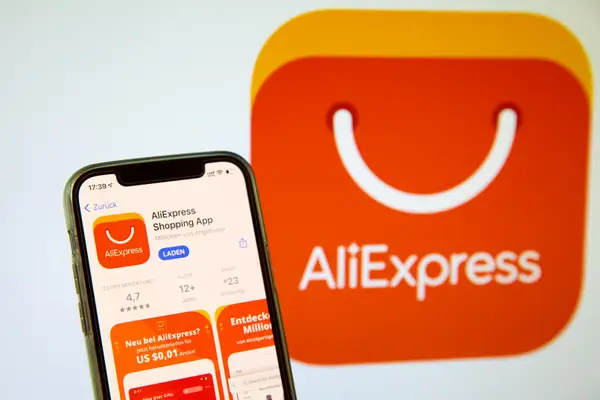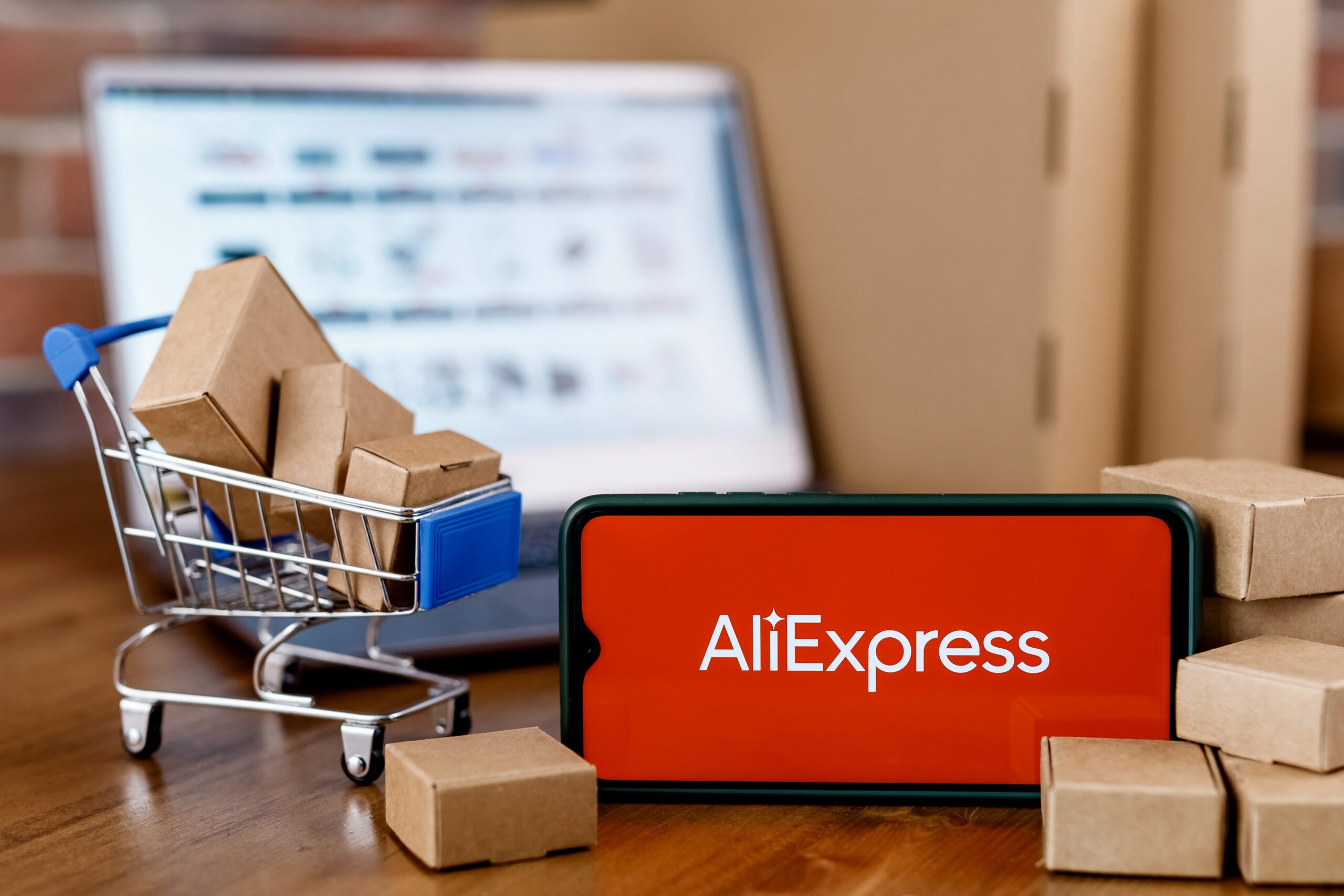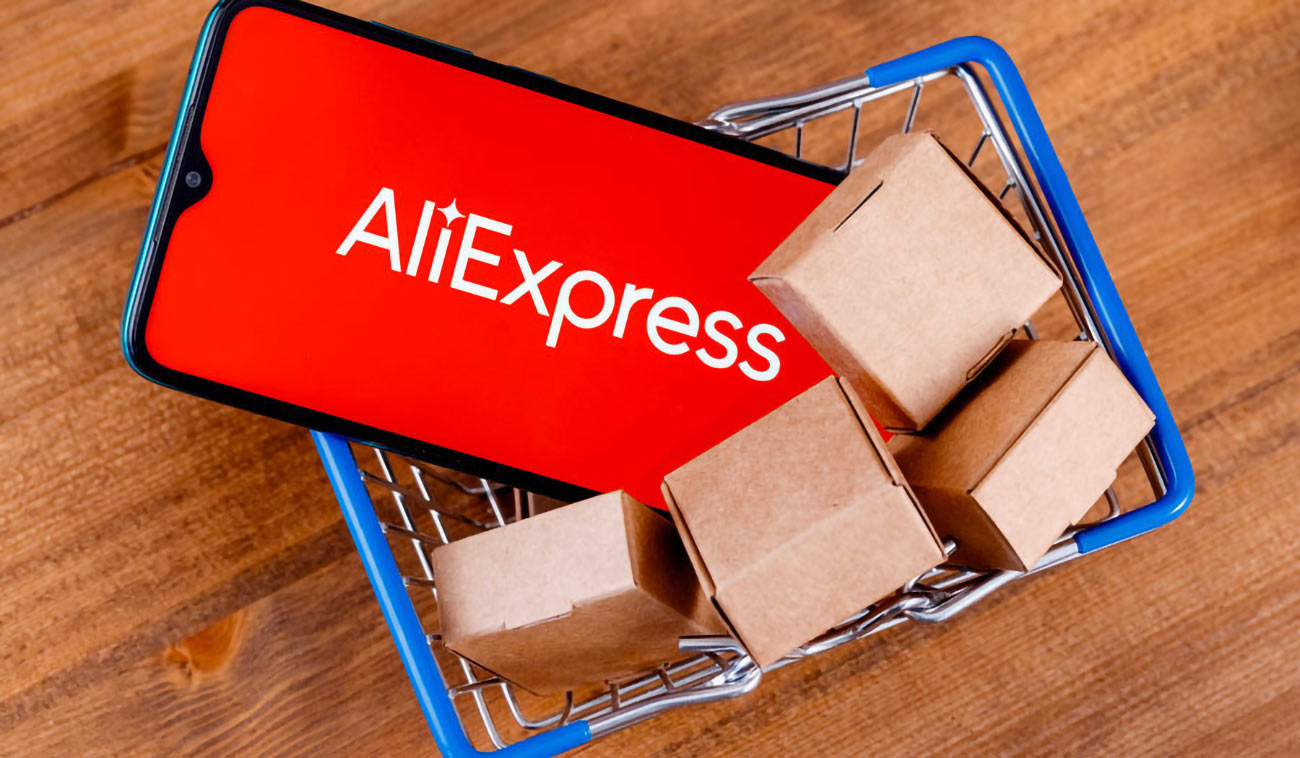Can I download all my personal data?

In today’s digital age, privacy and data ownership have become paramount concerns for many individuals. As we increasingly rely on online services, the question often arises: Can I download all my personal data? This article will explore the viability of downloading personal data from various platforms, the legal frameworks that support these rights, and practical steps to take in reclaiming your information. If you’re curious about data access and management, keep reading to find out everything you need to know.
Understanding Your Personal Data
Your personal data encompasses any information that can identify you as an individual. This includes:
- Your name
- Email address
- Phone number
- Address
- Photos and videos
- Purchase history
- Social media activity
- Browsing history
It’s essential to recognize the sheer scope of what constitutes personal data because this will guide you in understanding what you can download and from where.
Why Download Your Personal Data?
There are several compelling reasons why you might want to download your personal data:
- Privacy: Understanding what data companies hold about you can help you maintain your privacy.
- Control: Gaining access to your data empowers you to manage and manage your digital footprint effectively.
- Transferability: If you decide to leave a platform, having your data allows you to transfer it to another service easily.
Legal Right to Access Data
In many regions, laws have been established to safeguard individuals’ rights to access their personal data. Some of these legislative frameworks include:
- General Data Protection Regulation (GDPR): This regulation governs data protection and privacy in the European Union. Under GDPR, individuals have the right to access their personal data and can request a copy from organizations.
- California Consumer Privacy Act (CCPA): This law provides California residents the right to know which of their personal data is being collected and shared, and allows them to request access to that information.
- Personal Data Protection Act (PDPA): Similar laws exist in other regions, aiming to provide individuals with greater control over their data.
Platforms Where You Can Download Your Data
Most major online platforms allow users to download their personal data. Here’s how you can go about it:
Social Media Platforms
- Facebook: Go to Settings, click on “Your Information,” and refer to the “Download Your Information” option to request a data download.
- Twitter: In Settings and Privacy, navigate to “Your Account” and select “Download an Archive of Your Data.” This will provide a comprehensive archive of your tweets and other activities.
- Instagram: Under Privacy and Security settings, you can request a download of your data, which includes your photos, comments, profile information, and more.
Email Services
- Google: Users can download data via Google Takeout. Simply select the data you wish to download across various Google services.
- Microsoft Outlook: You can export your mailbox and account data by using the export feature available in Outlook settings.
Online Shopping and Other Services
- Amazon: You can download your purchase history and interactions with the platform through your account settings.
- eBay: eBay provides options to download purchase history and account details as part of your account settings.
Steps to Download Data
Follow these straightforward steps to download your personal data effectively:
- Identify the platforms: Make a list of all the websites and services you want to download data from.
- Access account settings: Login to your accounts and navigate to the privacy settings or account settings area.
- Locate data download options: Look for options like “Download Your Information,” “Export Data,” or similar phrases.
- Complete verification: Most platforms will require you to verify your identity to protect your privacy. This might involve entering a password or validating through an email.
- Receive your data: After completing the above steps, platforms will typically package your data and send it to you in downloadable formats, often via email.
What to Do With Your Downloaded Data
Once you have downloaded your personal data, it’s crucial to know what to do with it:
- Review it: Examine the contents for accuracy and completeness.
- Delete unnecessary files: Keep only the data that is essential for your needs and delete anything you won’t use.
- Backup: Create backups of your data to prevent loss. Utilize cloud storage or external drives for safekeeping.
- Update privacy settings: Based on what you review, consider adjusting privacy settings on your accounts to better protect your data in the future.
Challenges in Downloading Data
While many platforms provide options for data download, challenges still exist:
- Inaccessibility: Not all platforms offer easy options for downloading data, leading to frustration.
- Data Mismanagement: Data may be housed in different formats or could be incomplete, making it difficult to utilize effectively.
- Time-Consuming: Gathering data from multiple sources can be time-consuming and labor-intensive.
Importance of Data Management Tools
To ease the process of managing personal data, various tools have emerged:
- Data Backup Solutions: Services like Backblaze or Acronis allow users to securely back up and manage their personal data comprehensively.
- Data Privacy Tools: Applications such as Dashlane or LastPass help you manage passwords and monitor data breaches affecting your accounts.
Future of Personal Data Management
As technology evolves, personal data management will continue to be a critical conversation. Emerging trends include:
- Increased Regulation: As more regions enact data protection laws, users will gain even more access to their personal information.
- User Control:** New platforms are emerging that prioritize user control over data, allowing individuals to share their information selectively.
- Awareness and Education: Improved public understanding of personal data rights is prompting companies to enhance transparency regarding data practices.
Conclusion
Downloading your personal data is not just a right; it is a step toward managing your digital presence effectively. By knowing how to access your information from various platforms, you empower yourself with the knowledge and control necessary to protect your privacy. Start exploring your options today, and take ownership of your digital life.
Should you wish to streamline your data management process even further, consider solutions that make it easier to backup, protect, and control your data comprehensively. Good management today can pave the way for a safer digital experience tomorrow.

LINK:
In an increasingly digital world, understanding how to download and manage your personal data is crucial for safeguarding your privacy. Many companies, including social media platforms and online services, offer options to download your data. This can include everything from your account information, posts, and photos to your interactions and preferences. By taking the time to download and review your data, you can ensure that your information is accurate and aligned with your privacy expectations. Ensuring your data is managed correctly allows you to control what is shared and with whom—ultimately leading to a more informed online presence.
FAQ
Can I download all my personal data from social media platforms?
Yes, most social media platforms, such as Facebook, Twitter, and Instagram, allow users to download their data. This usually includes posts, messages, photos, and account settings. You can typically find this option in the settings or privacy section of your account.
How do I download my personal data?
The process varies by platform, but generally, you can find the data download option in the account settings. Look for menu items related to privacy or security, where you’ll often find a ‘Download Your Data’ feature. Follow the prompts to choose what data you want and confirm your request.
Is my personal data safe to download?
Downloading your personal data is generally safe, especially when using official channels provided by the service. However, ensure you download and store it on a secure device. Be cautious of phishing attacks or suspicious links that may compromise your data during the download process.
How often should I download my personal data?
It’s a good idea to download your personal data regularly, depending on how frequently you use the platform. A quarterly or annual check ensures you maintain an up-to-date record of your information and allows you to review any data inaccuracies or changes.
What should I do if I can’t find the download option?
If you can’t find the download option, refer to the help or support section of the service. Many platforms provide detailed articles or customer support chat options to guide you through the process. If still unsuccessful, look for community forums as they can offer additional insights.


